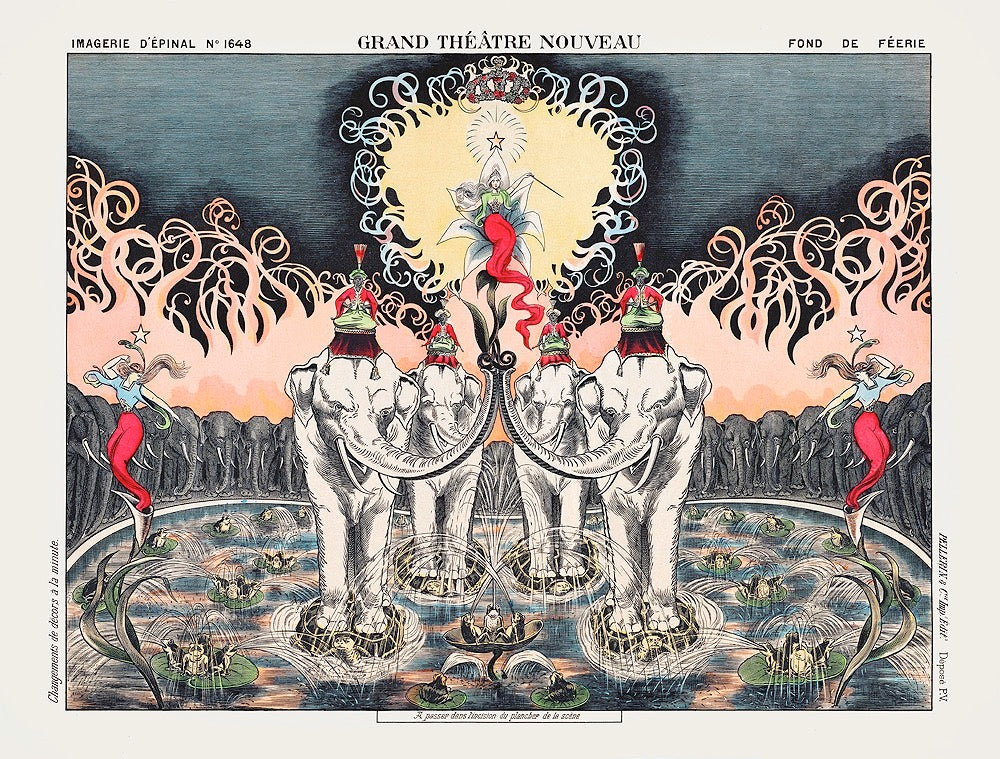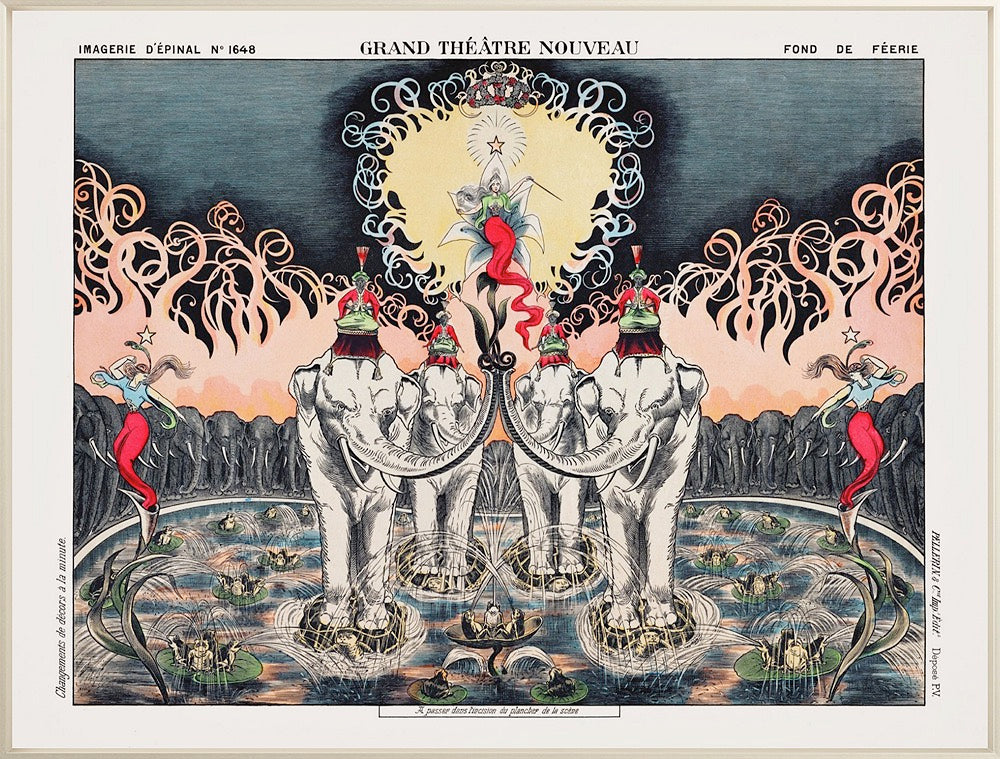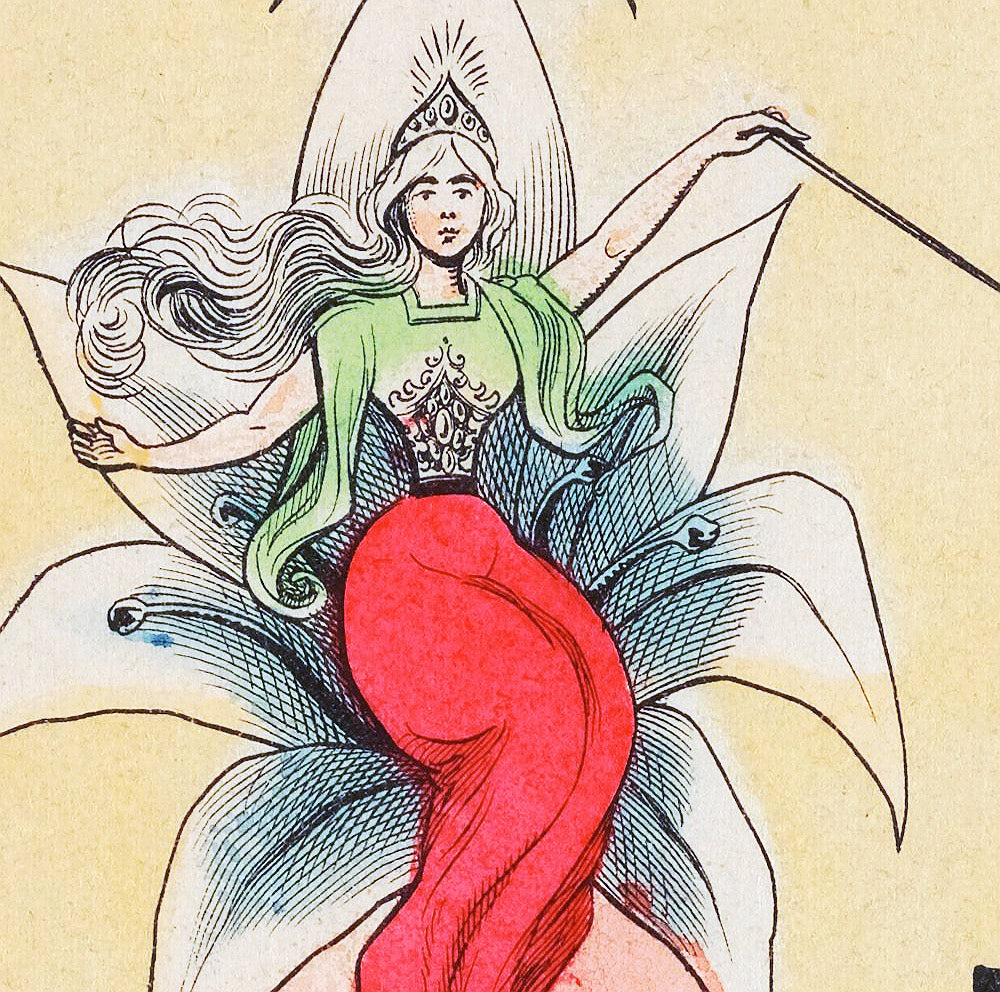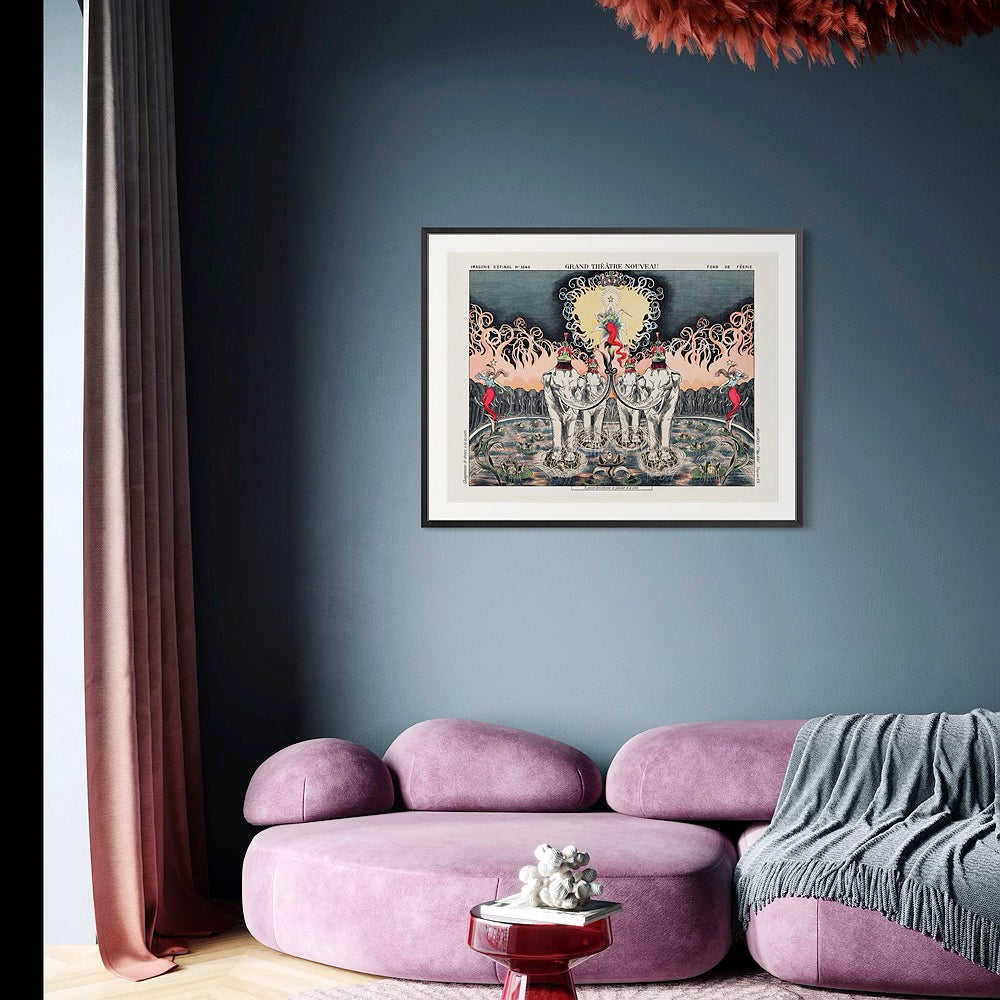LUXE EDITION
The Essence Of Fairyland
The Essence Of Fairyland
Couldn't load pickup availability
Shipping & Return Policy
Shipping & Return Policy
Print delivery: 5–11 days
Framed prints and decor: 2-3 weeks
Returns within 2 weeks
See policies in the footer
Luxe vs. Classic Prints
Luxe vs. Classic Prints
Luxe Prints – Premium prints on a variety of high-end fine art paper options and frames for a sophisticated presentation. Some fit standard frames, while others maintain non-standard historical proportions.
Classic Prints – Affordable, high-quality prints with a smoother finish for sharp detail designed to fit off-the-shelf frames. Classic prints have the word 'classic' above the title and a letter which shows the sizes that the print comes in. Size A– 4x6", 12x18", 16x24", 20x30" B– 6x8", 9x12", 12x16", 18x24", 24x30" C– 8x10", 16x20"
Understanding Our Print Sizes
Understanding Our Print Sizes
Historical prints vary in proportion based on their original format. Whenever possible, we match them to the closest standard size, using common print ratios like 2:3 (e.g., 8x12) or 3:4 (e.g., 9x12). However, resizing some prints can distort the artwork's integrity, so we can only offer them in their original proportions. Additionally, we use different printers for our product lines, and not all sizes are available with every printer.
This is a reprint of "Fond de Feerie" a hand-painted pochoir image that reflects the rich cultural and artistic heritage of the 19th century. Fond de Féerie, features a whimsical scene with four elephants and their mahouts in a pool, a crowned female fairy atop a flower held aloft by the elephants, frogs on lily pads, and additional fairies flanking the scene, with more elephants in the background. Created by the Pellerin family in Épinal, France, these prints were part of a toy theatre, designed for children to cut out and assemble.
Why We Picked It
The enchanting depiction of fairies, elephants, and a magical pool, exemplifies the kind of fantastical scenes that captivated children's imaginations. The arrangement of elements—the crowned fairy atop a flower, elephants and their mahouts, frogs on lily pads, and flanking fairies—creates a dynamic and balanced scene that draws the viewer's eye across the entire piece. The detailed rendering of each figure and element shows the attention to detail and ability to bring fantastical scenes to life with a sense of realism and whimsy.
Notable Context
Pochoir is a stencil-based printing technique used primarily in the early 20th century for producing prints with vibrant colors and intricate details. Each color in the print is applied using a separate stencil, allowing for rich, vibrant hues and intricate details that would be difficult to achieve with other printing methods of the time. This labor-intensive process results in images that are not only colorful but also have a textured, almost hand-painted quality.
These prints were originally intended to be cut out and used in toy theatres, providing children with an interactive and creative play experience. This practice not only entertained but also educated children, fostering their artistic skills and storytelling abilities. As such, these prints offer valuable insight into the social and cultural practices of the time.
About the Artist
Jean-Charles Pellerin (1756–1836) was a French engraver and printmaker, known for his work in producing popular prints, particularly during the late 18th and early 19th centuries. He is most famous for establishing the Pellerin printing house in Épinal, France, which became renowned for its production of colorful, mass-produced images known as "images d'Épinal" or Épinal prints. The Imagerie d’Epinal is notable for popularizing printed images that depicted everyday scenes, folklore, and fantastical themes, making art accessible to a broad audience. The establishment played a crucial role in the dissemination of visual culture during the 19th century, influencing the aesthetic tastes and visual literacy of the public. The Pellerin family's dedication to high-quality craftsmanship and innovative techniques, like pochoir, helped solidify the Imagerie d’Epinal's reputation as a leading producer of printed imagery.














